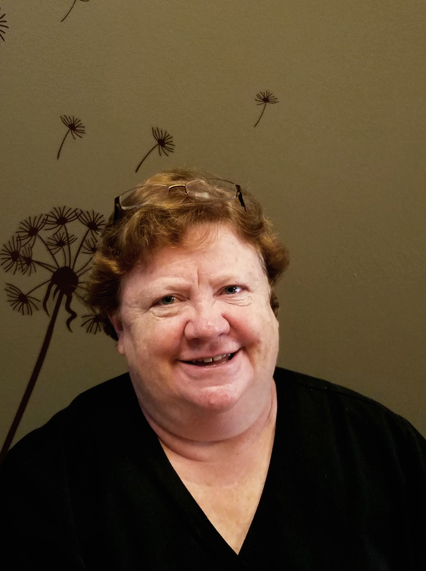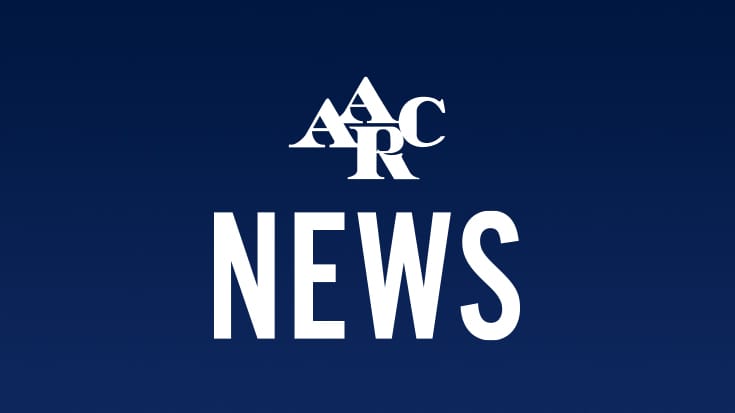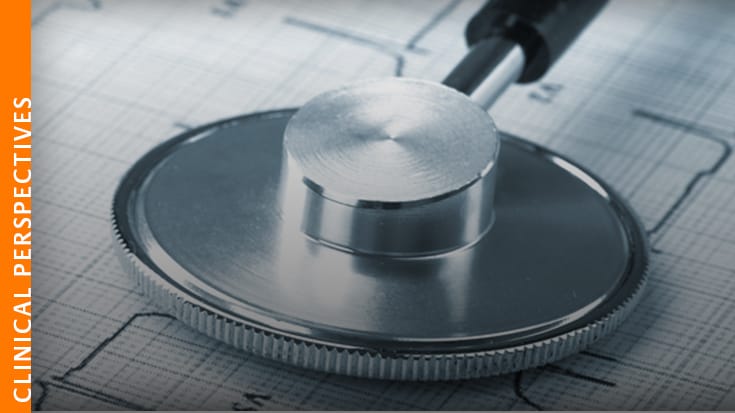
Respiratory depression is a serious medical problem that can lead to unnecessary death. Continuous capnography can alert clinicians to the development of respiratory depression in time to do something about it. Hospitals across the country are realizing the benefits of this technology, and in many, respiratory therapists are integral to the effort. That’s been the case at St. Cloud Hospital in St. Cloud, MN, where RT Department Director Peggy Lange, BA, RRT, says therapists are making a difference.
Only natural
The program came about after one of the hospital educators noticed an increase in articles and papers on the need to monitor patients in procedural areas. The hospital was already using continuous capnography during adult ventilator management, so it was only natural that RTs be involved.
“RTs have a keen understanding of assessing the quality of ventilation and detecting respiratory compromise,” says Lange. “RTs were involved in the educational resources available for the house, and an RT was involved in the development of the computer based education module, too.”
Over a three month period, the multidisciplinary group trialed capnography in the Center for Surgical Care, PACU, surgical care units, interventional radiology, electrophysiology lab, and emergency trauma center, meeting every day at 3 p.m. to address the findings for the day.
Discussions centered around the patient application, condition, pertinent findings, waveforms, alarm parameters, hospital policy, equipment such as handheld units, bedside monitors, and use of disposable supplies. Pilot groups worked with the clinical engineering department to change default alarm limits involving respiratory rate and ETCO2, and they made sure nurses acknowledged the fact that all alarms are not created equal.
“It is important to stress to the nurses that not all alarms are nuisance alarms,” says Lange. “Many times patients are experiencing apnea or periods of hypoventilation. Alarming may wake the patient, and they breathe deeper.” But when they go back to sleep, apnea and/or hypoventilation may resume, putting them at risk. Continuous capnography resolves those issues.
Take home messages
Capnography was implemented hospital-wide following the successful trial and RTs continue to be involved in providing education for new graduates. They also serve as a resource for calls and are able, along with nurses, to apply capnography monitoring on any patient they believe shows concern for ventilation status. “A provider order is not needed for RNs or RTs to use ETCO2 monitoring,” emphasizes Lange.
Lange says she and her colleagues have learned a lot through the process of implementing the continuous capnography program. Her top four take home messages for her colleagues in respiratory care —
- Narcotics and sedatives can cause respiratory depression in post op/procedure recovery periods.
- Intermittent monitoring may stimulate a patient to a higher level of consciousness, but when left alone that patient could experience respiratory depression.
- Capnography is an excellent and beneficial tool to use for patient assessment of early respiratory distress and may be used for any patient where respiratory compromise is suspected.
- RTs can explain the purpose of capnography monitoring to peers and patients and education is key for understanding the benefits and safety of this technology.
Lange believes other therapists can play a significant role in similar programs in their facilities and urges them to take on the challenge. “Be excited to be part of change and show how the pieces go together to prevent medication induced respiratory events,” says the AARC member. “Staff need to see the benefit.”
Email newsroom@aarc.org with questions or comments, we’d love to hear from you.













